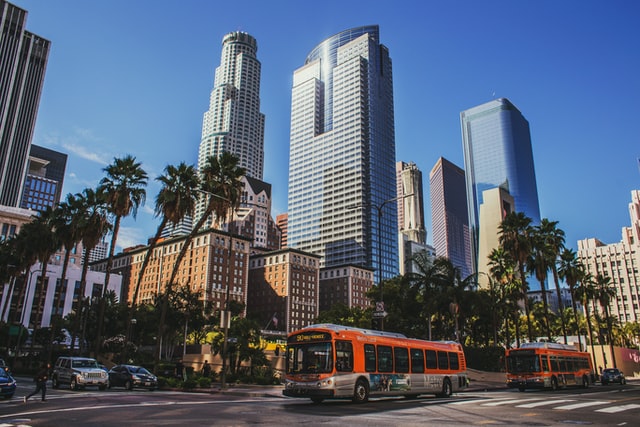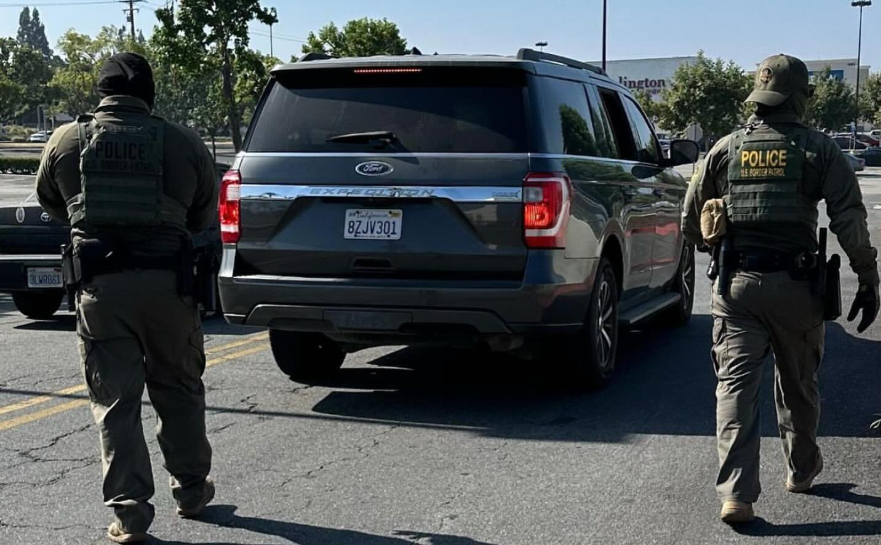During the Great Recession, as Metro faced a structural deficit driven by decreasing sales tax revenues amid a faltering economy, the Board of Directors approved a budget that included a planned fare increase and service cuts. As Move L.A. has argued in the past, and is now backed up by recent census data, a significant decline in the base population had an impact on declining ridership, the level of service and fare increase had a predictable result: transit ridership declined 11 percent from 2010-2015. This set L.A. County up for a decade of worsening traffic that would have continued had the pandemic not suddenly put a stop to Angelenos' lives and the economy.
So far, Metro has set a different path than the last recession—promising to restore service by September 2021, continuing the practice of not collecting fares on buses, and making plans to launch a Fareless System Initiative pilot, touted as possibly the largest fareless system in the nation. But some Metro boardmembers and staff openly express doubts about the sustainability of these efforts due to costs and the temporary nature of the federal and state relief funds. Some expressed concerns of a “fiscal cliff” in 2024 that could leave Metro facing a structural deficit similar to the one it faced in 2010 and questioned whether this is the “right time” to be doing this.
The difference between this decade and the last could not be more stark. In our estimation, Metro faces a bright future with the influx of significant federal and state dollars and a “euphoric” recovery that will generate sales tax revenue exceeding projections. With catastrophic climate change becoming a reality in this decade, added to the disproportionate impact of COVID-19 on low-income households and people of color, Metro has the moral obligation—and now the resources—to both sustain a fareless system AND increase service.
If Metro's goal is to incentivize people, especially those with limited financial resources, to take transit and reduce vehicle miles traveled as the economy, schools, and cultural institutions reopen, shouldn’t Metro do everything within reason to increase transit ridership? Only a transit system that is fast, frequent, reliable, accessible, and affordable will address the inequities exacerbated by the pandemic and make a dramatic impact on greenhouse gas emissions.
At Move L.A., we have always argued that this is the right approach and we advocated for structuring Measures R and M in a way that ensured Metro would have operating dollars to maintain and even expand service. But can Metro fund both a fareless system and increased transit service? Move L.A. believes that the answer is yes because Metro will benefit from an unprecedented amount of funding over the next two years—because of state and federal resources meant to keep the economy afloat during and after the pandemic. There are one-time funds available that can be used immediately to launch the fareless transit initiative, starting with a universal “any line, any time” student transit pass program for K-12 and community college students starting this summer. And Move L.A. is working with the National Campaign for Transit Justice to fund transit operations nationally so that agencies across the country can expand and provide more reliable service.
Metro will receive at least $1.1 billion but possibly as much as $1.4 billion for transit operations and maintenance from the American Rescue Plan, signed into law by President Biden in March. Metro has not programmed these funds, and in an amendment made by Metro Board Director Mike Bonin to the Fiscal Year 2022 Budget, Metro must “prioritize increasing Revenue Service Hours and achieving NextGen’s future funding goals” with any new funds from the federal government. These goals include increasing bus service by 20 percent, making up for losses in service over the past decade due to decreasing bus speeds.
And that isn’t all. In April, the Metro Board of Directors authorized Metro to use Low Carbon Transportation Operations Program (LCTOP) funding from the State of California, an annual allocation of $22.69 million this year, for the Fareless System Initiative.
And while these ARP and LCTOP funds are more than enough to increase service temporarily and fund the initial rollout of the fareless initiative to students, there are additional potential funds that could be used for these purposes. This week, Representative Hank Johnson of Georgia, a senior member of the House Transportation & Infrastructure Committee, introduced a bill that would allocate $20 billion annually for transit operations nationwide starting in 2023—and the bill has broad support.
This new sustainable operations funding source would result in approximately $850 million to $1 billion in additional revenue for Metro and municipal providers to expand service—specifically in areas of “persistent poverty and underserved communities.” Move L.A. is working with advocacy organizations across the country to ensure the Stronger Communities Through Better Transit Act is passed alongside the reauthorization of the federal Surface Transportation Bill (The INVEST in America Act), a must-pass bill in this year’s Congress.
Some might question whether Metro can spend all this money on these two initiatives while cost overruns and ballooning estimates for capital projects may put many important projects—such as the West Santa Ana Branch, the Green Line extension, Gold Line Extension, and the Sepulveda Transit Corridor—out of budget and out of reach. While these concerns are to be expected, the capital projects and the fareless initiative are mutually exclusive efforts; the funds outlined above can only be used for operations and maintenance and do not take away from capital projects.
Also, members of Congress in Los Angeles have submitted over $100 million in earmark requests on behalf of Metro, specifically for capital projects. Metro will also receive $275 million in federal “New Starts” money from the American Rescue Plan. Metro is getting $145 million in reimbursements from FEMA for COVID expenses. Finally, Metro should also expect to receive a significant portion of the $1 billion (in Governor Newsom's proposed budget) for accelerating projects to be ready by the 2028 Olympics, and an increase in funding from Caltrans—due to the state’s budget windfall—that can fund capital projects.
Given the local, state and federal money already coming to Metro now - and the likelihood of additional funding - Metro has the opportunity to address the mistakes of the past by dramatically expanding service and launching the Fareless System Initiative, starting with students this summer. Metro should seize this opportunity to ensure that current riders have the best service possible today - in order to set L.A. County on a course to achieve dramatically better service, reduced traffic, fewer single passenger vehicles traveling on L.A. roads, a healthy environment, and a public good that truly benefits us all.
At Move L.A. we like to say that “Fortune favors the bold.” The question for Metro should be, if not now, when?
Eli Lipmen is the Director of Development and Programming for Move L.A.







